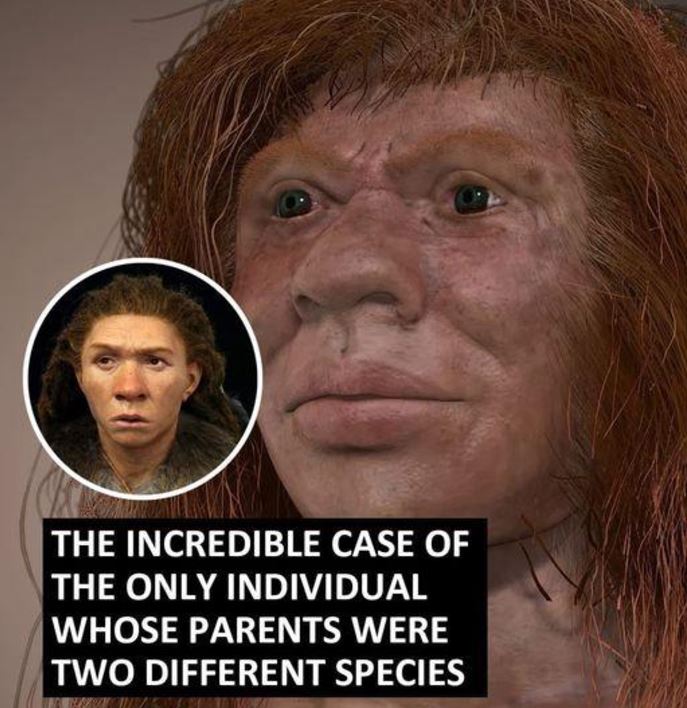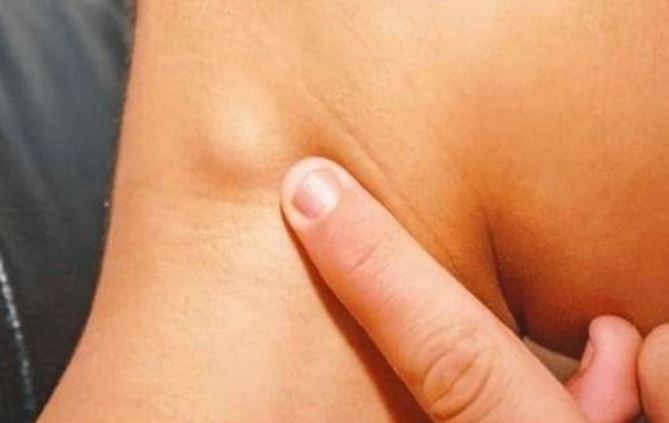In 2018, scientists made a groundbreaking discovery that shed new light on the lives of our ancient ancestors. The remains of a 13-year-old girl, known as Denisova 11, revealed a shocking truth: her parents belonged to two different human species. Her mother was a Neanderthal, while her father was a Denisovan, a mysterious species known only from a few bone fragments found in Siberia.
To understand the significance of this discovery, let’s delve into the backgrounds of these two ancient human species. Neanderthals, with their robust build and advanced tool-making skills, inhabited Europe and Western Asia for thousands of years. In contrast, Denisovans remain an enigma, with their existence known primarily through genetic analysis of a few bone fragments.

The discovery of Denisova 11 has provided a unique window into the interactions between Neanderthals and Denisovans. Her genetic makeup reveals that she was a first-generation hybrid, with a Neanderthal mother and a Denisovan father. This finding has challenged our previous understanding of the relationships between these ancient human species.
The implications of this discovery are far-reaching. It suggests that Neanderthals and Denisovans coexisted and interbred more frequently than previously thought. The fact that hybrid individuals like Denisova 11 existed challenges the notion of rigid boundaries between species.
Denisova 11’s genetic makeup also offers clues about the migration patterns of ancient human groups. Her DNA indicates closer ties to Western European Neanderthals than to those from the Denisova Cave, suggesting significant movement of Neanderthal populations between Western Europe and the East.
The study of Denisova 11 has also highlighted the significance of cutting-edge technologies like Zooarchaeology by mass spectrometry (ZooMs). This innovative technique has revolutionized the identification of ancient bone fragments, making it possible to differentiate between different human and animal species remains.
The remarkable case of Denisova 11 has illuminated the complex interactions between Neanderthals and Denisovans. Her genetic legacy and the use of advanced techniques like ZooMs offer a fascinating glimpse into our evolutionary past. As researchers continue to unravel the mysteries of Denisova 11, we may gain further insights into the rich tapestry of human evolution and our interconnected history with these enigmatic human cousins.


